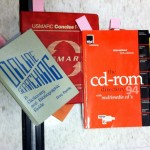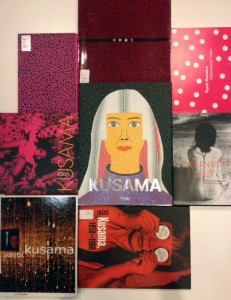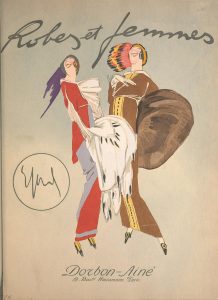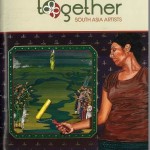The following post was written by American Art Museum/National Portrait Gallery Library intern Becca Tanen. She is currently in her second year of a dual master’s program in Library Science and English at Catholic University.
Two years ago, I was working at the library of a K-12 private school in Maryland when one of the librarians handed me the CREW (Continuous Review, Evaluation, and Weeding) manual for weeding modern libraries, developed by the Texas State Library and Archives Commission.
This library had never weeded the collection before, so I thanked her, excited to begin tackling such an exciting challenge. “I don’t think anyone has ever thanked me for giving them a weeding manual before,” she said, laughing.





